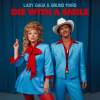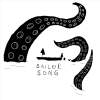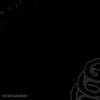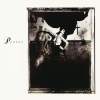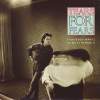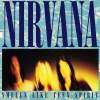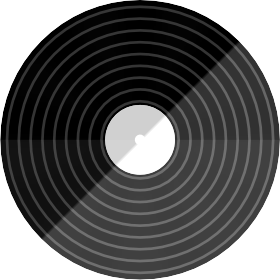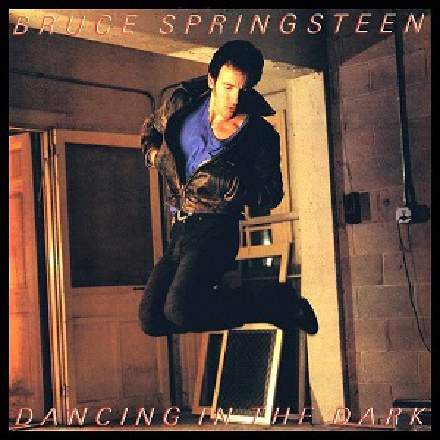
This song has so comprehensively wormed its way into the collective unconscious that it’s hard to hear it without preconceptions, but at face value that drum sound is pretty strange. For a start, the combination of super-dry kick, densely ambient snare, and diffusely distant hi-hat bear no relation to any kind of acoustic reality. In addition, the hyper-consistent kick and snare hits add a definite drum-machine character to the part. I suspect they’re both triggered samples, in fact, given the ‘AMS Kick’ and ‘AMS Sn’ track-sheet annotations for the same album’s ‘Born In The USA’, as shown in this Sound On Sound magazine article. (The AMS DMX 15-80s was one of the first devices widely used for drum-sample triggering.) The scarcity of cymbal hits is also strange for what is ostensibly a rock song, and the two we do get (at 1:50 and 2:42) are much louder and more forward-sounding than the hi-hat.
Looking at the studio setup from that Sound On Sound article, I find it fascinating how the received wisdom of the time was to isolate all the musicians from each other acoustically, thereby removing any shared ambience, only to add masses of artificial reverb at mixdown to regenerate an acoustic connection! Of course, this rather roundabout process did produce sounds that were new and ear-catching at the time — and there’s no arguing with that — but now that the bouffant quiffs of the ’80s are long deflated, it does seem rather too much like hard work to me.
The small-speaker translation is worthy of admiration, though; there’s no denying the clarity with which the song’s main musical elements would have driven through a mono AM radio. The kick’s kept present in the mix by its perky upper mid-range, for example, and the bass guitar line can be easily traced via the fizzy synth that’s surreptitiously doubling it. The snare is, of course, as solid as you’d expect of a sample, while The Boss himself has clearly been expertly automated to keep softer low-register phrases such as “hey there baby” (0:33) pinned into the same mix position as the upper-register bawling on “I’m just about starving tonight” (2:14).
On a musical level, despite the song’s apparent simplicity, it pulls a neat little harmonic trick. The melodic backbone of the song, as featured in the opening synth riff and much of the vocal line, appears over three different harmonic backings. First you get it over a B pedal note, with alternating Bm and G#m chords, then the bass picks out the root notes of those chords for the second half of the prechorus (0:33-0:38), and for the title hook (0:45-0:51) we get E and C#m chords instead.
In common with most ’80s productions, the original music video is good for a giggle, featuring as it does a pre-Friends Courteney Cox. I was also surprised to learn that the director was Brian De Palma, better known for rather less wholesome fare such as Carrie and Scarface. Perhaps Springsteen’s horrifying dancing drew him to the project…
